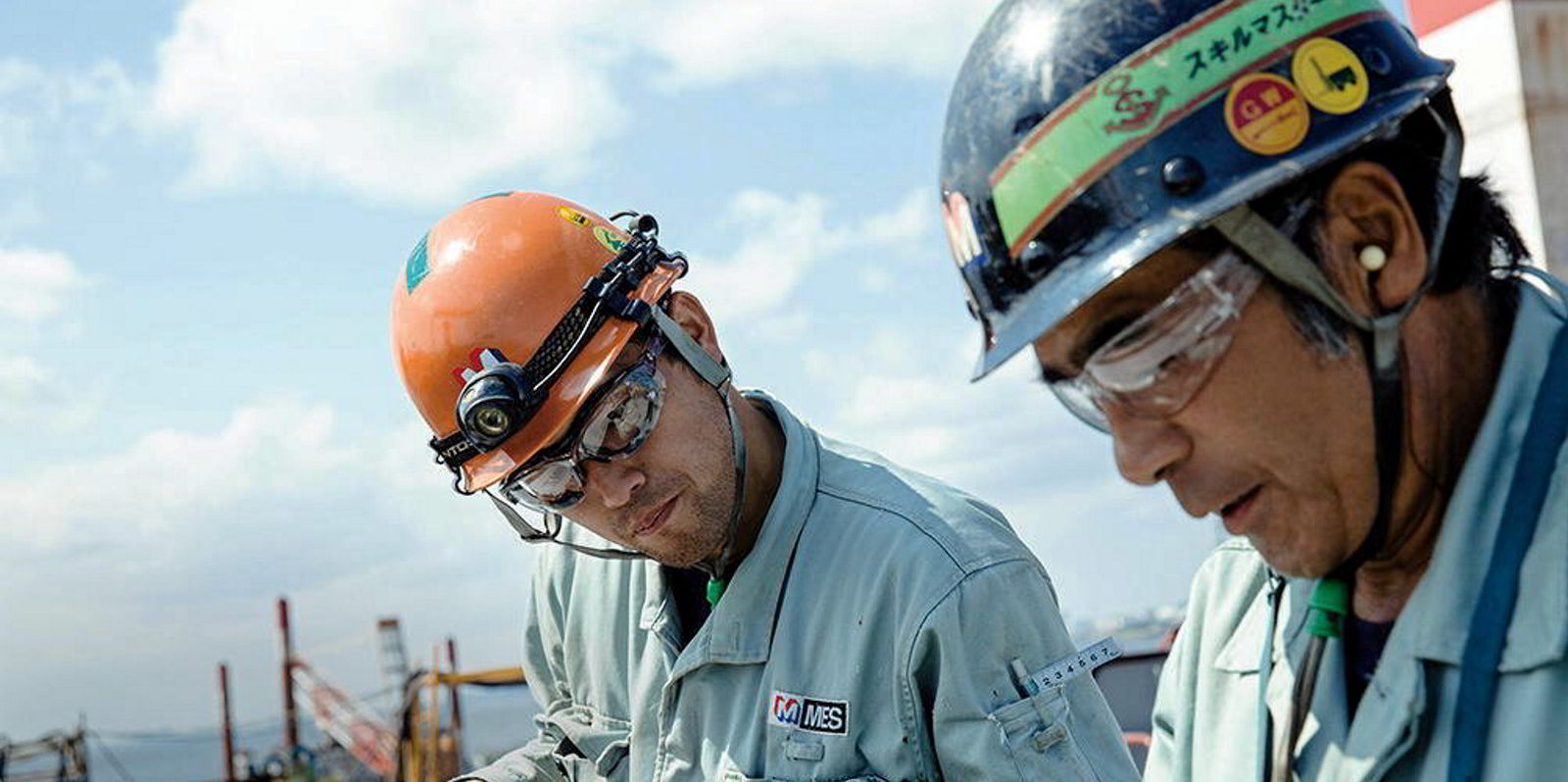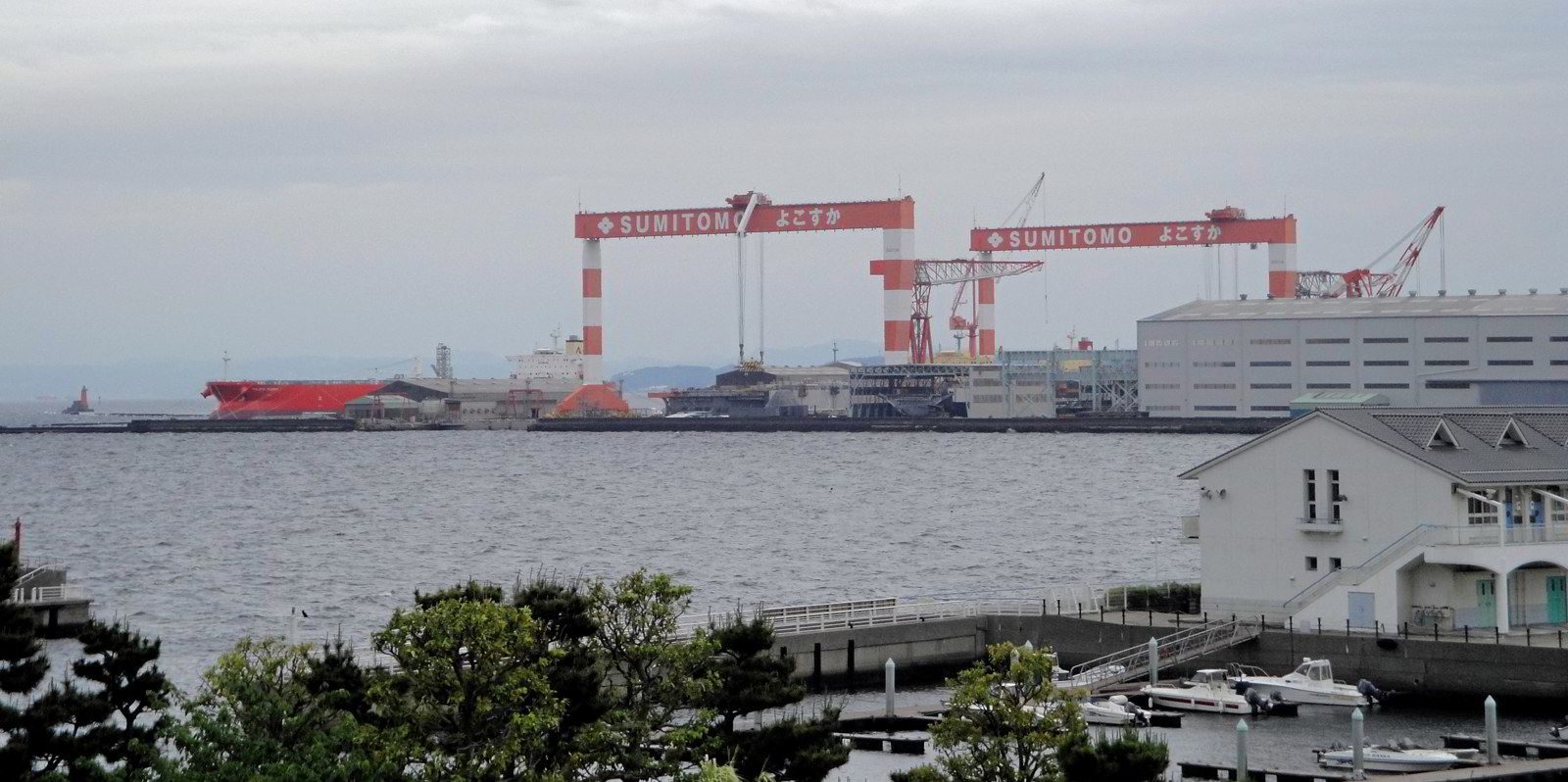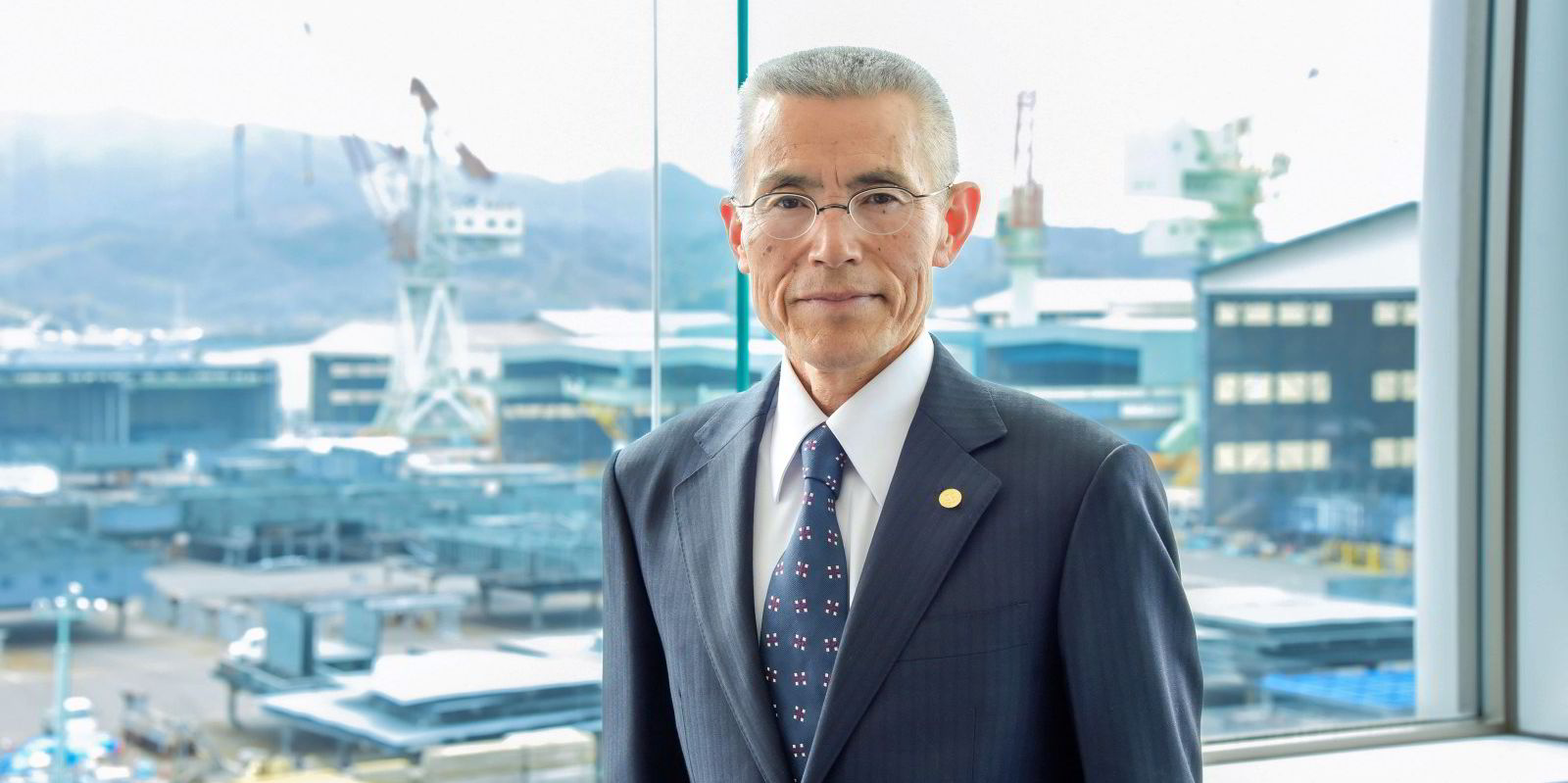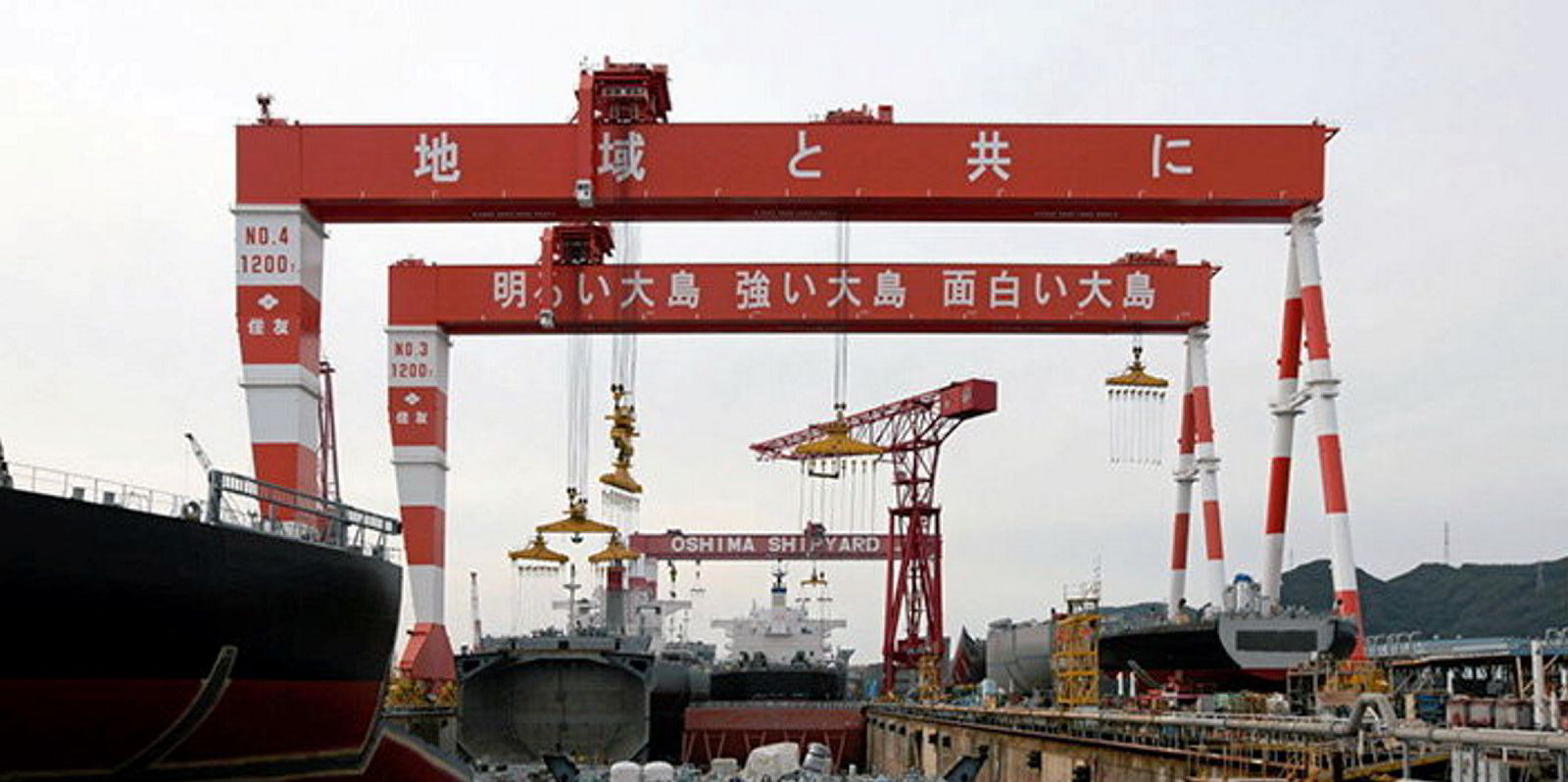On the day figures were released showing Japan had slipped down another place on the list of the world’s wealthiest nations, Sumitomo Heavy Industries announced it would no longer build commercial ships.
It was an ominous day for both the country’s economy and shipbuilders, which had been one of the bedrocks of Japan’s post-war industrial success story.
It felt like the country is finally losing its old industry but is not doing a good job of moving on — at least judging by the latest GDP figures showing Japan has the fourth largest trailing behind Germany.
Japan’s shipbuilders led the world in ship production and technology for a large part of the 1970s, 1980s and 1990s.
But, they now account for only around 10% of the world orderbook, paling in comparison to China’s dominance at 49% and South Korea’s at 32%, according to Clarksons’ figures.
Sumitomo’s name can be added to the list of shipbuilders of that golden era that are now beating a hasty retreat.
Sumitomo plans to finish off its backlog of aframax tankers at its Yokosuka yard and then move onto the more profitable field of offshore renewables.
Hitachi Zosen, Mitsubishi Heavy Industries, Mitsui Engineering & Shipbuilding and Sasebo Heavy Industries were once star performers of the domestic industry but have now closed, sold or reassigned their main shipbuilding facilities.
Financially unsustainable
Low-cost competition from South Korea and China is the direct cause. Greater pressure from shareholders on profits has also made shipbuilding financially unsustainable for many of Japan’s industrial conglomerates.
But, the narrative behind Japan’s shipbuilding is not all about decline. There is still some dynamism in the old industry.
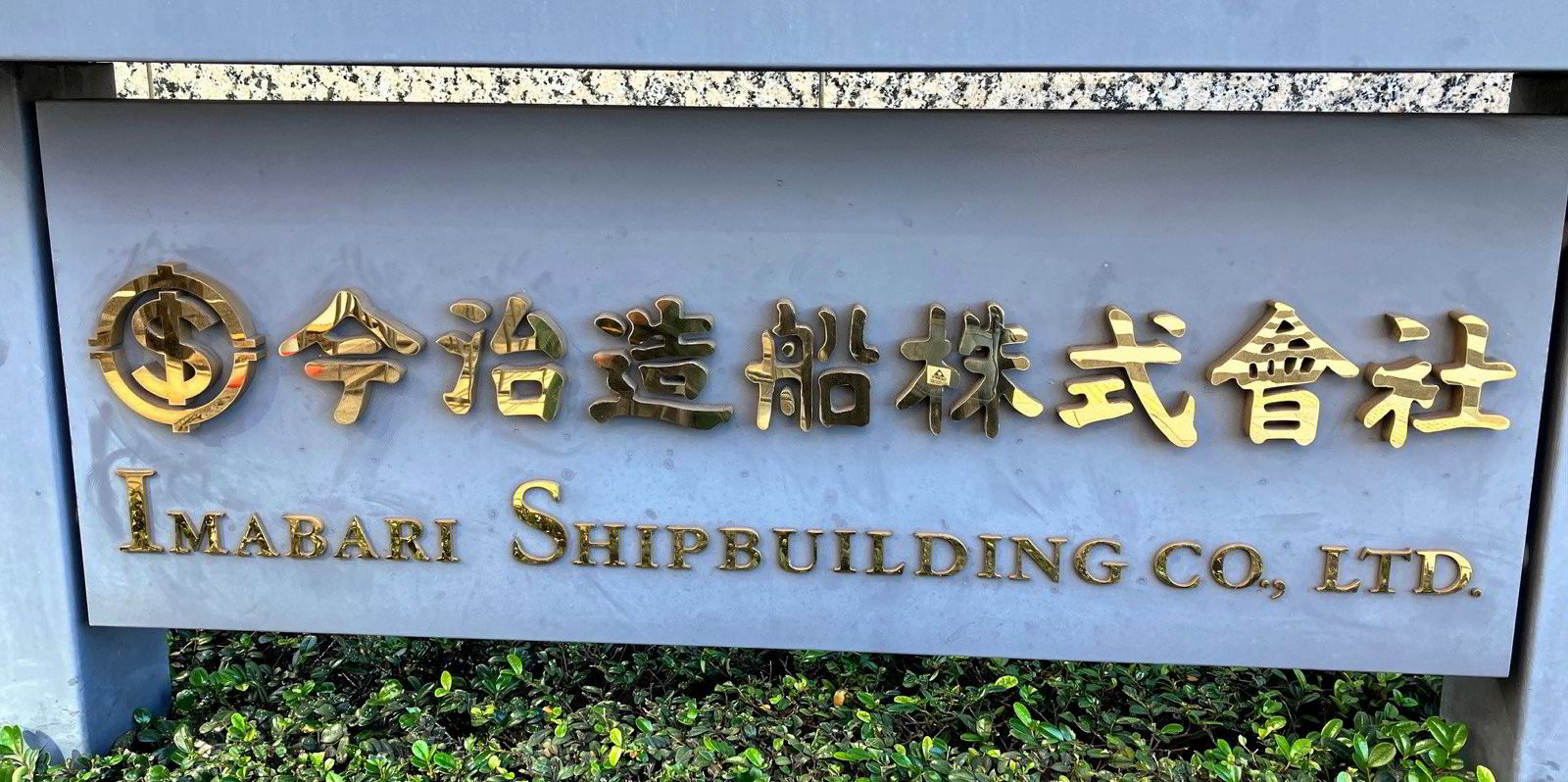
For instance, Imabari Shipbuilding’s company logo boldly incorporates the symbol for US dollars, signifying its dedication to financial growth and success. This emblematic choice stands out as a remarkable display of ambition from an otherwise private and almost reclusive company, situated on the northwestern island of Shikoku, Japan.
It is led by the Higaki family, which has been slowly building up its empire to chase the US dollar and become Japan’s largest shipbuilding group.
Imabari is a major shareholder in the second-largest shipbuilder — Japan Marine United — and the two operate in partnership through joint venture company Nihon Shipyard.
Shipbuilding powerhouse
Imabari is a shipbuilding powerhouse that has shown it is competitive for most ship types ranging from small handysize bulk carriers to the latest ultra large container ships.
It also works closely with its subsidiary, shipping company Shoei Kisen, which controls a fleet of 150 ships valued at $11.2bn by VesselsValue.
There is no shortage of liquidity available to both these companies.
Regional banks in the Imabari and Inland Sea region have been one of the fastest-growing sources of ship finance over the past decade and local shipyards and shipowners have been one of the biggest benefactors.
Build at scale
The ability to build ships at a scale, packaged along with ship ownership and lease finance options, has helped the company achieve its position as the world’s seventh-largest shipbuilding group, according to Clarksons.
Others in Japan are also showing initiative. The Kambara family-owned Tsuneishi Group has made a success out of building ships outside Japan in the Philippines and China.
Oshima Shipbuilding, renowned for its cost-competitive construction of bulkers, has acquired Mitsubishi’s former yard at Koyagi, leveraging it to redefine its business.
The combination of Japanese shipyards, the maritime cluster and the government in developing decarbonisation technology is arguably unparalleled.
The main shipping companies in Japan have all placed alternative-fuel ship orders at their trusted domestic shipyards, signalling a proactive shift towards sustainable practices in line with the nation’s ambitious goal of achieving net-zero carbon emissions by 2050.
Japan’s prowess in shipbuilding may be on the decline, but it’s too early to write off its yards.
